-
Generic, Naturalistic and Minimalist Character Illustration
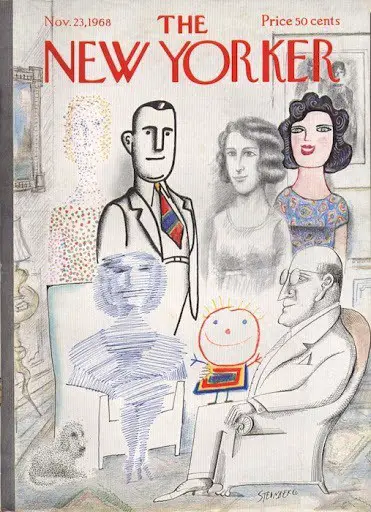
Do you remember being a child and instantly drawn to anything brightly coloured and cartoonish? You learned very early that if something was done in that style, it was made for you. You may also have come across media done in that style which was not for you — perhaps your mum or dad prized a Japanese manga out of…
-
The Plot Points Of Every Single Fairytale
Not every fairytale includes every plot point as listed below, but when they do, they appear in order.
-
Fairytale Archetypes
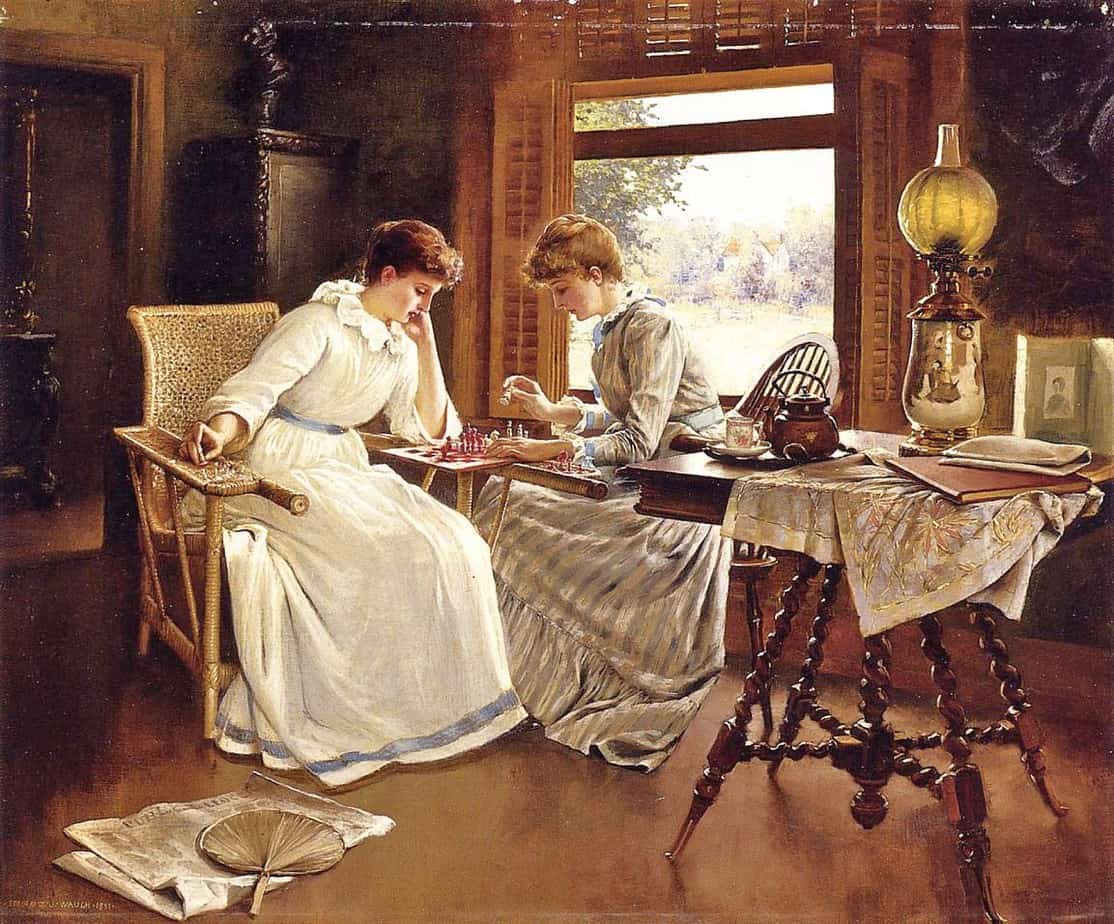
Marina Warner has a great way of thinking about fairytale archetypes: Imagine them as pieces on a chessboard. We know all we need to know about them just from their appearance. Moreover, their position on the board limits the number of possible moves they’re able to make. If you’ve ever seen Tarot cards, the archetypes […]
-
Other Selves In Storytelling
There’s a prevailing idea that we are all cohesive, single selves. Sure, we might change over time, but if there’s such a thing as ‘being yourself’ then we must accept our own absorption of the idea that ‘yourself’ (singular) exists in the first place.
-
Pig The Pug by Aaron Blabey Picture Book Analysis
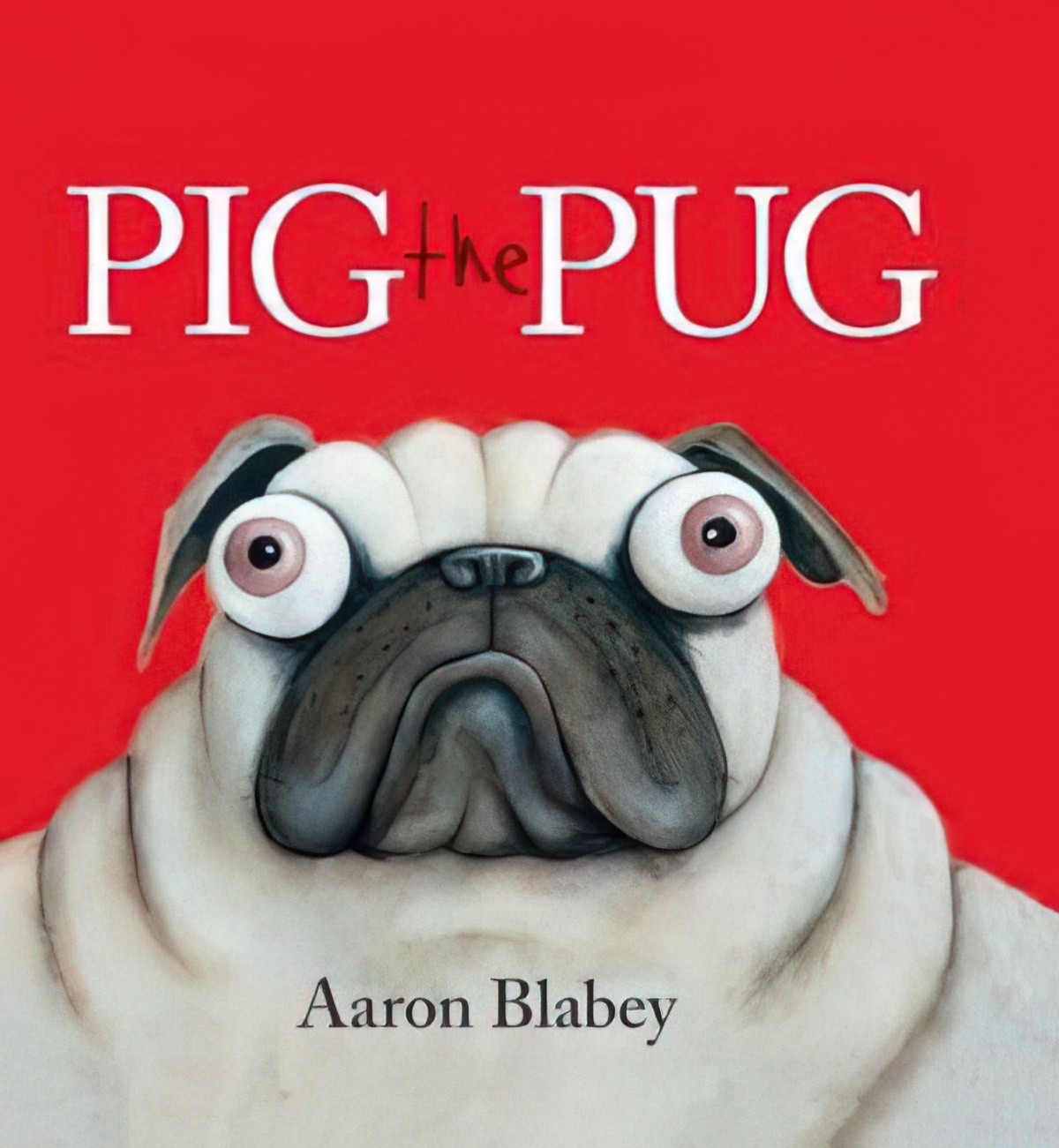
Pig the Pug and Trevor the sausage dog live together in a flat. Pig is greedy and selfish and refuses to share his toys. Trevor suggests they play together, but Pig refuses. He piles up all his toys and sits on top of them, but the pile collapses. Pig ends up covered in bandages, completely unable to escape Trevor’s attentions.…
-
Snow White Fairy Tale History and Storytelling
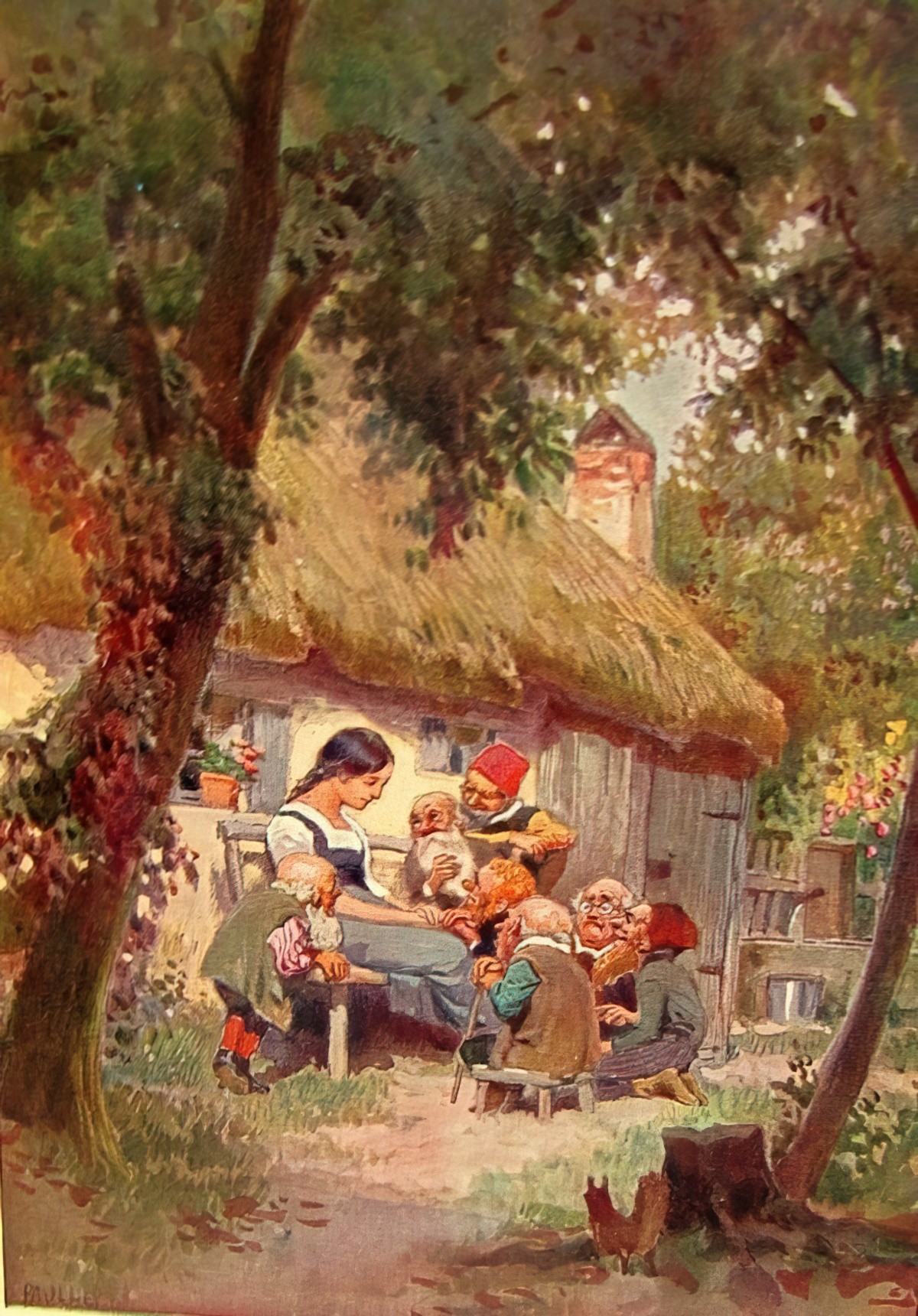
I’m sure any visitor to this blog has at least one version of Snow White on their childhood bookshelf. Which version did you have? When you think of Snow White, perhaps you think fondly of the Disney film, or perhaps, like me, you grew up with ‘Read It Yourself’ versions, as well as coming across it again in fairytale anthologies.
-
Picturebook Study: Grey
Gray, the color we attach to characterless people, often suggests bleakness, lack of intensity, a cool detachment. The oppressively predominating gray of the stone walls surrounding Snow White’s mother in Burkert’s picture of her demands our detachment from her but also contrasts with the vibrantly colored patterns we see surrounding her as we look through […]
-
Home Away Home Story Structure
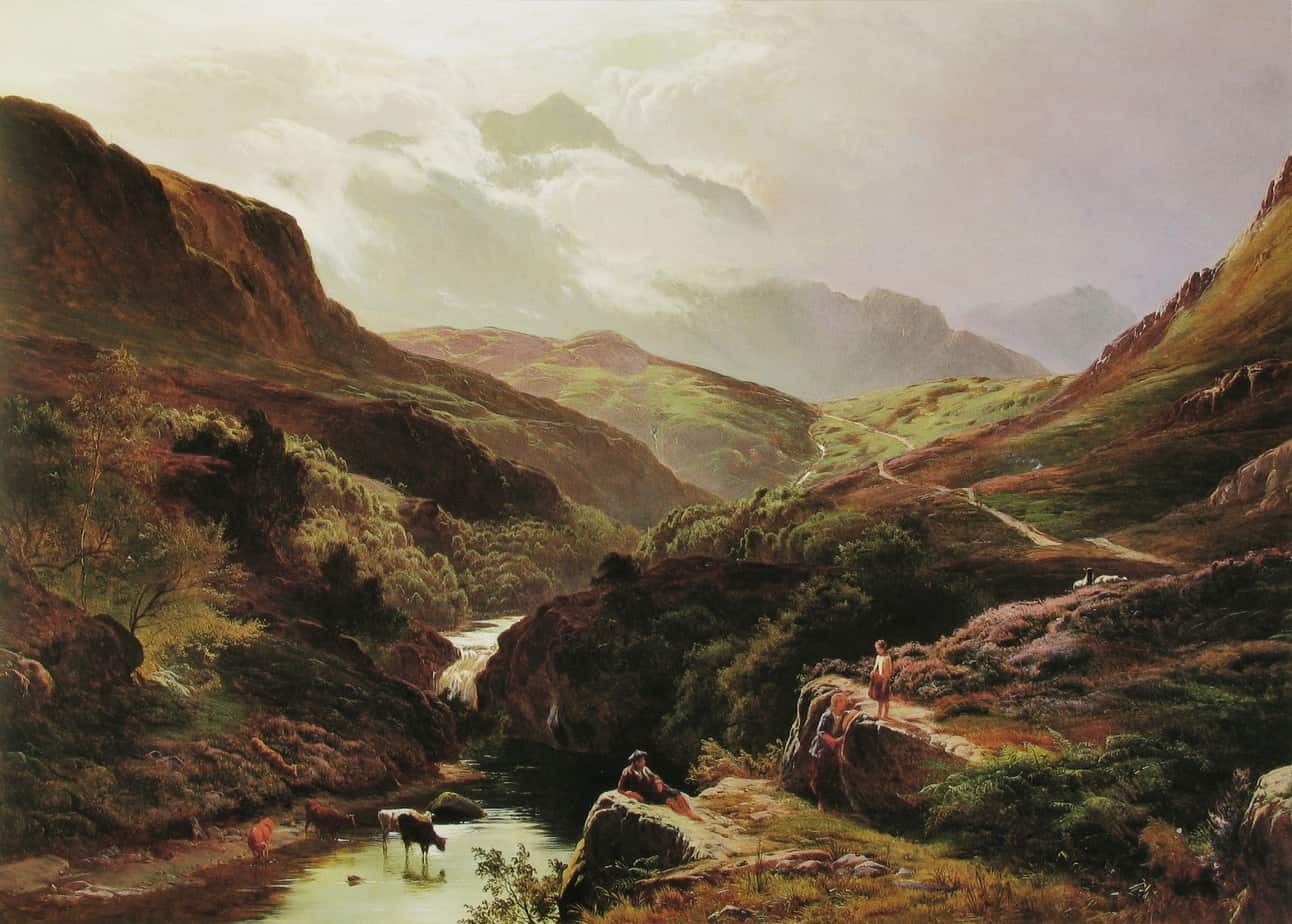
Philip Richard Morris – Home, Sweet Home
-
Stage and Cinematic Perspective In Art and Picture Books
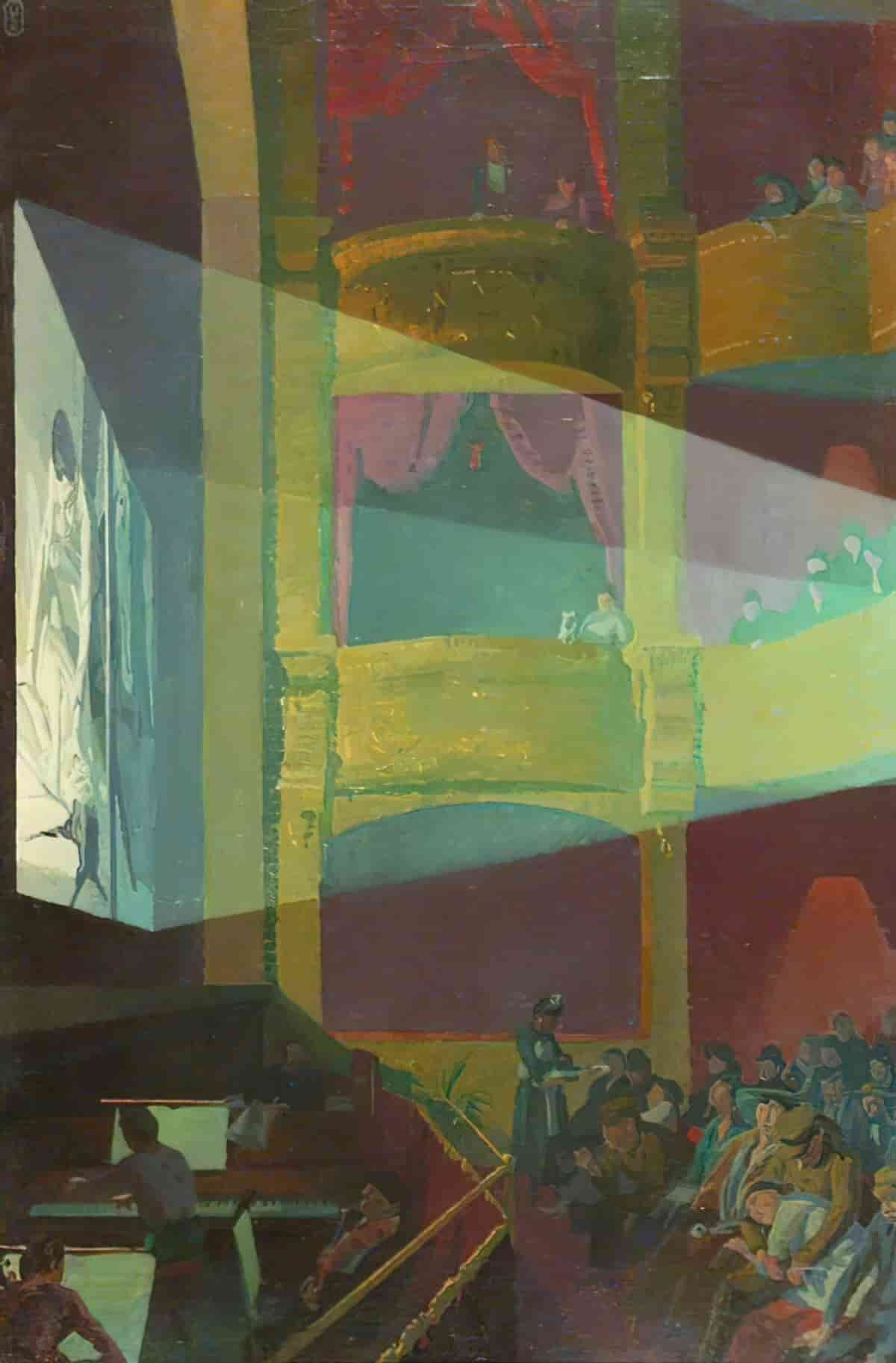
The Stage Perspective books look almost as if we are looking at a story acted out on a stage. Cinematic picture books are influenced by film, and make use of various camera angles: high angle, low angle, worm’s eye view, establishing shot and so on.
-
The Bloody Chamber by Angela Carter Short Story Analysis
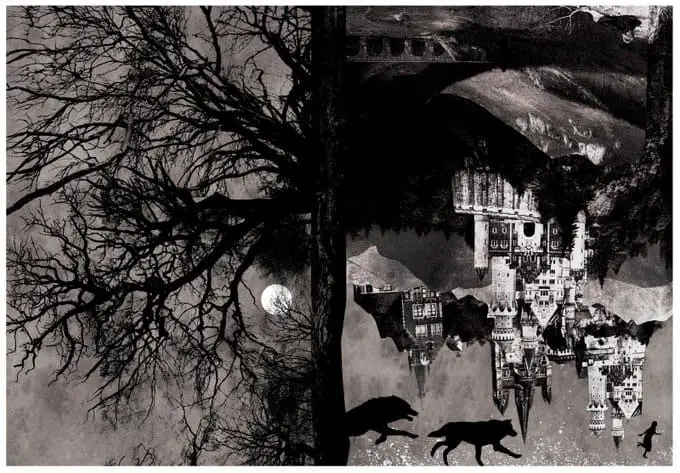
“The Bloody Chamber” is a feminist-leftie re-visioning of Bluebeard, written in the gothic tradition, set in a French castle with clear-cut goodies and baddies. The title story of The Bloody Chamber, first published in 1979, was directly inspired by Charles Perrault’s fairy tales of 1697: his “Barbebleue” (Bluebeard) shapes Angela Carter’s retelling, as she lingers […]
-
How Appearances Deceive
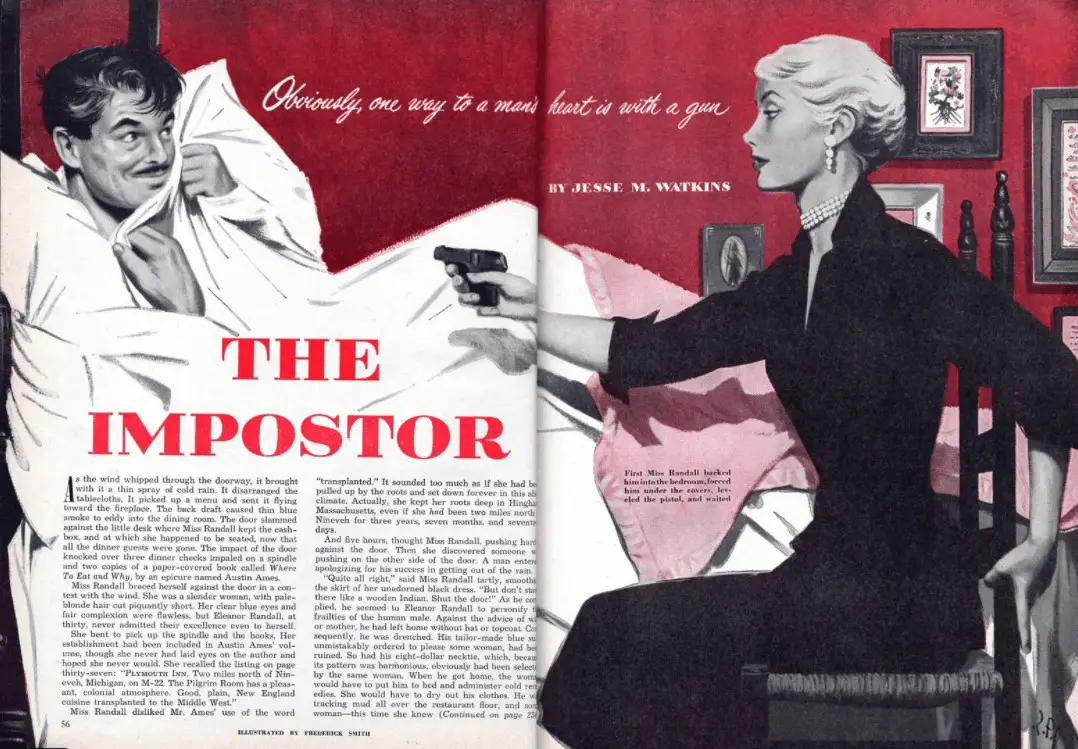
Hilda Bewildered Pre-reading Questions Post-reading Discussion In Hilda Bewildered, list the ways in which outside appearances do not match what’s inside or underneath. Highlight below for some answers: The taxi that Hilda gets into looks like a Citroen from the 1960s, but once inside, the dashboard indicates that this is an ordinary modern vehicle. The Princess […]
-
Why so many orphans in children’s literature?
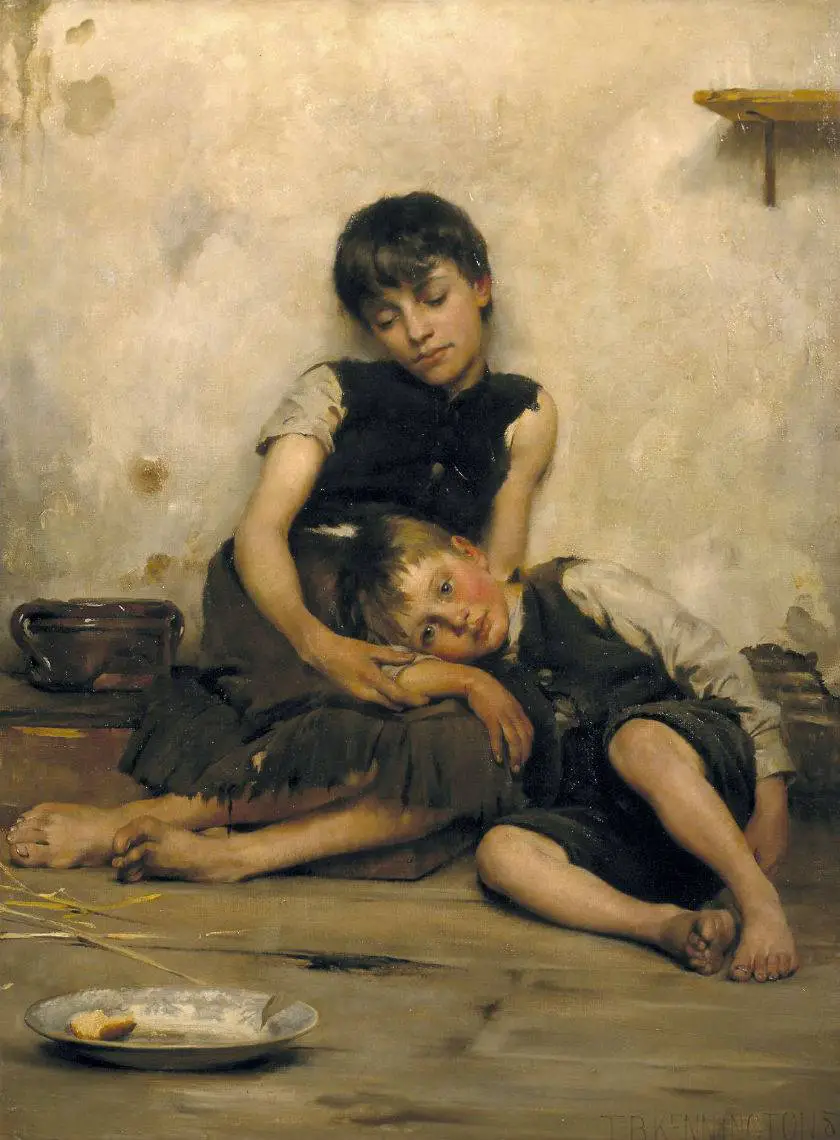
Orphans in modern literature evolved from orphans of folk and fairytales. There are many orphans in American and British children’s literature, but also in literature from around the world. Some communities have always been set up with strong social networks. Even if parents die, there are no true orphans because the extended family will care for them. […]
-
In order to critique it, we’re going to have to show it

I am always saddened to hear that some teacher or librarian is in trouble because of something I have written. They are the true heroes in my mind. But I have come to believe that if a book has power, it will always have the power to offend someone. I don’t want to write books […]
-
Mothers In Children’s Literature
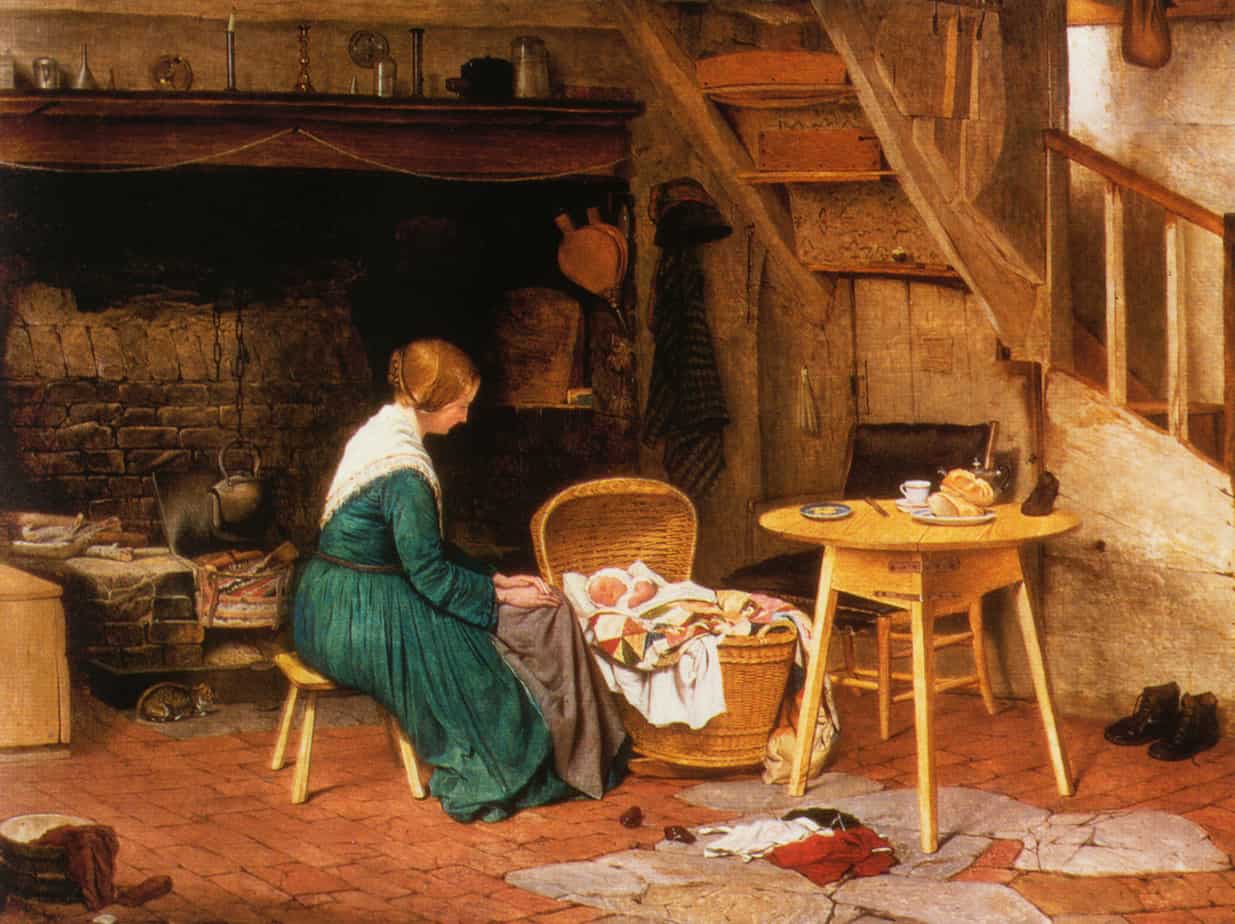
Mothers are either held up as paragons of selflessness, or they’re discounted and parodied. We often don’t see them in all their complexity. Novelist Edan Lepucki contemplates motherhood Mothers in fairy tales have a way of being absent, typically through untimely deaths (think Cinderella, Snow White or Beauty and the Beast) or thanks to storylines […]
-
Death In Children’s Literature
Many people will probably tell you their first brush with death was watching Bambi. I can’t say the same because I never saw the animated Disney film. I thought I knew the story for the longest time, because my grandmother bought me a Little Golden Book called Bambi and Friends Of The Forest. I still […]